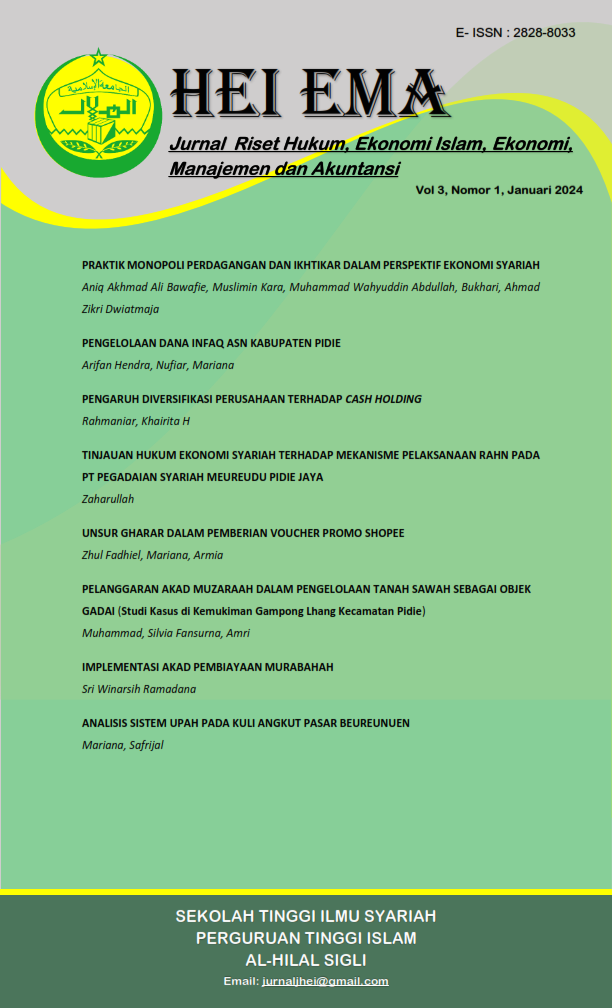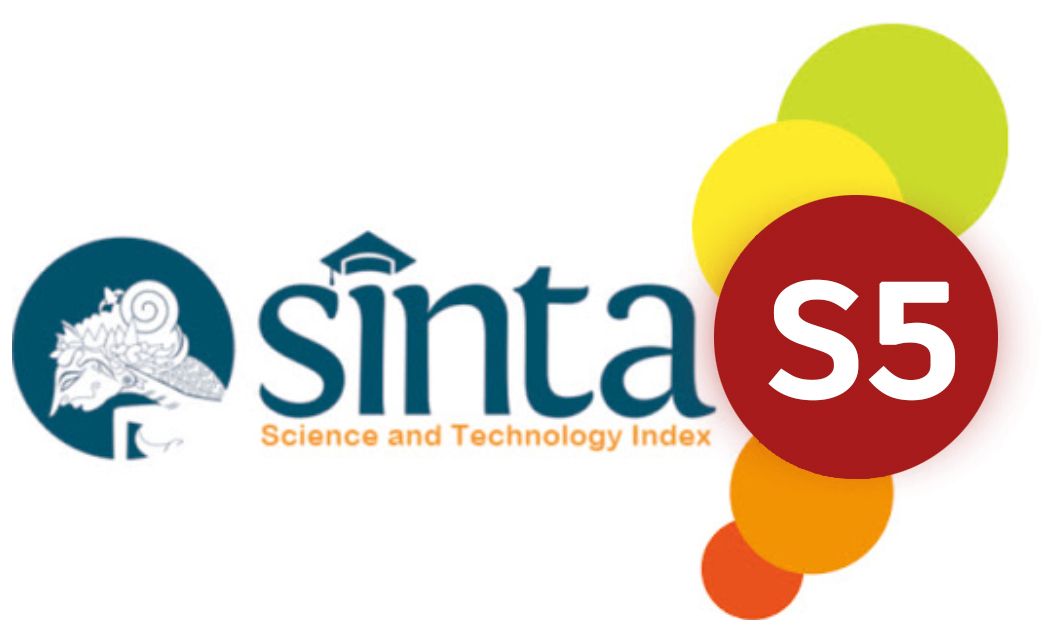THE ROLE OF SOCIAL MEDIA IN THE IMAGE OF THE LHOKSEUMAWE CLASS II TPI IMMIGRATION OFFICE
DOI:
https://doi.org/10.61393/heiema.v3i1.390Keywords:
Social Media, Institutional Image, Public ServiceAbstract
This study aims to determine the role of social media in building the image of the Class II TPI Lhokseumawe Immigration Office in the digital era. In the context of public services, the agency's image greatly determines public trust in government performance. Therefore, the use of social media is one strategy in bringing services closer to the public. The research method used is a descriptive method with a qualitative approach. Data were obtained through observation, interviews, and documentation of posts and interactions provided by the public. The results show that the use of social media by the Class II TPI Lhokseumawe Immigration Office has played a fairly effective role in building a positive image through fast, transparent information delivery and direct interaction with the public. However, there are obstacles in the image building process, namely the interaction provided by the public is still relatively low. This is indicated by the minimal comments, likes, and shares given by the public. However, this does not hinder the dissemination of information disseminated by the Class II TPI Lhokseumawe Immigration Office to the public.
References
Ardiansyah, I., & Maharani, A. (2020). Optimalisasi Instagram sebagai media marketing. Bandung: Cendekia Press. https://play.google.com/books/reader?id=HAoREAAAQBAJ
Batoebara, M. U., & Zebua, D. (2021). Peran public relations dalam meningkatkan citra positif Hotel Santika Premiere Dyandra Medan. Network Media, 4(2), 20–39. https://doi.org/10.46576/jnm.v4i2.1403
Creswell, J. W. (2014). Research design: Qualitative, quantitative, and mixed methods approaches (4th ed.). SAGE Publications.
Harahap, M., & Adeni, S. (2020). Tren penggunaan media sosial selama pandemi di Indonesia. Professional: Jurnal Komunikasi dan Administrasi Publik, 7(2), 13–23. https://jurnal.unived.ac.id/index.php/prof/article/view/1273
IC Rachman, Y., Indah, A., Anwar, R., & Raihan, R. (2023). Peranan media sosial dalam meningkatkan minat berkunjung wisatawan di Kota Sabang. Jurnal Ilmiah Mahasiswa Ekonomi dan Bisnis Islam, 4(2), 76–82.
Mariana, M. (2018). Pembinaan terhadap terpidana anak pelaku kekerasan seksual di lembaga pembinaan khusus anak Lhoknga. Jurnal Tahqiqa: Jurnal Ilmiah Pemikiran Hukum Islam, 12(2), 204–213.
Mariana, M., Nadirsyah, N., & Abdullah, S. (2018). Informasi akuntansi, informasi non-akuntansi, dan keputusan pemberian kredit. Jurnal Reviu Akuntansi dan Keuangan, 8(2), 177. https://doi.org/10.22219/jrak.v8i2.37
Miles, M. B., Huberman, A. M., & Saldaña, J. (2014). Qualitative data analysis: A methods sourcebook (3rd ed.). SAGE Publications.
Sugiyono. (2019). Metode penelitian kualitatif, kuantitatif, dan R&D. Alfabeta.
Suryansah, A., Habibi, R., & Awangga, M. R. (2020). Penggunaan face recognition untuk akses ruangan. Jakarta: Kreatif. https://books.google.co.id/books?id=xdf9DwAAQBAJ&pg=PA55
We Are Social. (2023). Digital 2023 Indonesia. We Are Social. https://wearesocial.com/wp-content/uploads/2023/03/Digital-2023-Indonesia.pdf
Downloads
Published
How to Cite
Issue
Section
License
Copyright (c) 2025 Nailul Authia, Siti Safwani Hizqia Nabila, Azzahra Naurah Mawaddah, M. Riva Faruqi, Halimatus Sa'diyah, Elvina Elvina, Nursyidah Nursyidah

This work is licensed under a Creative Commons Attribution 4.0 International License.
























